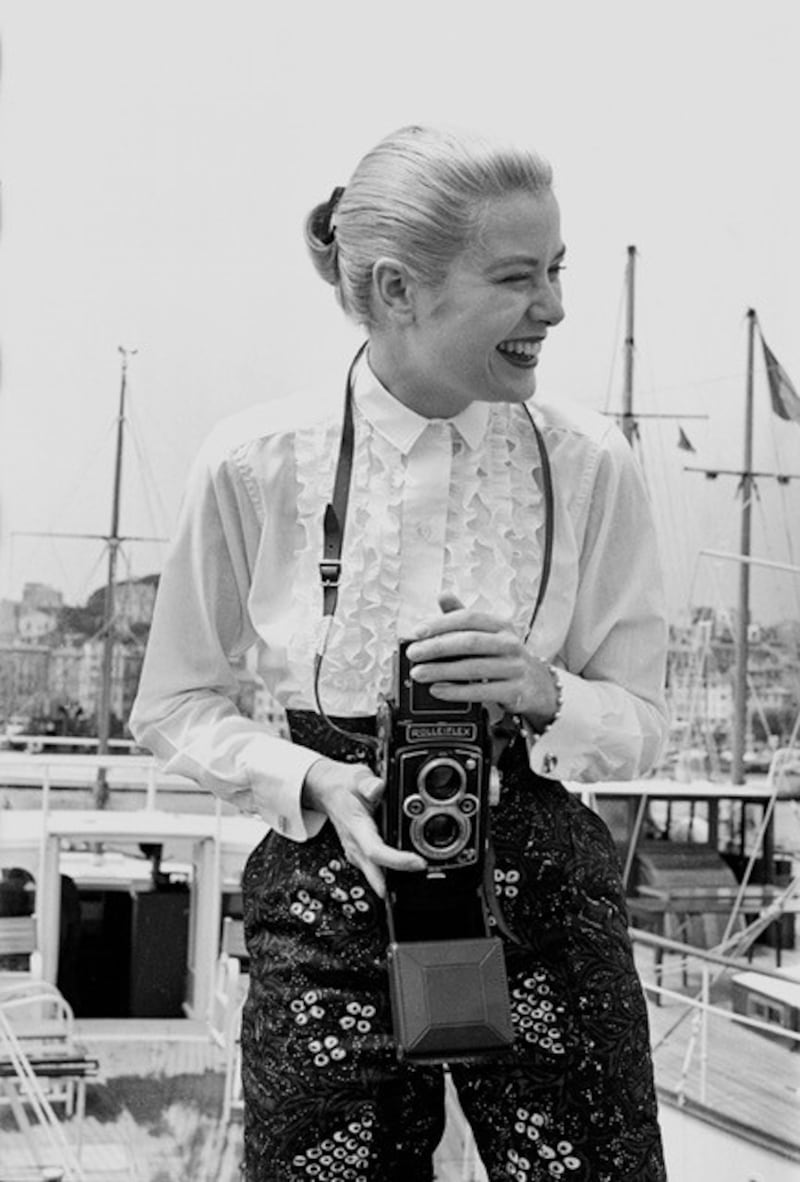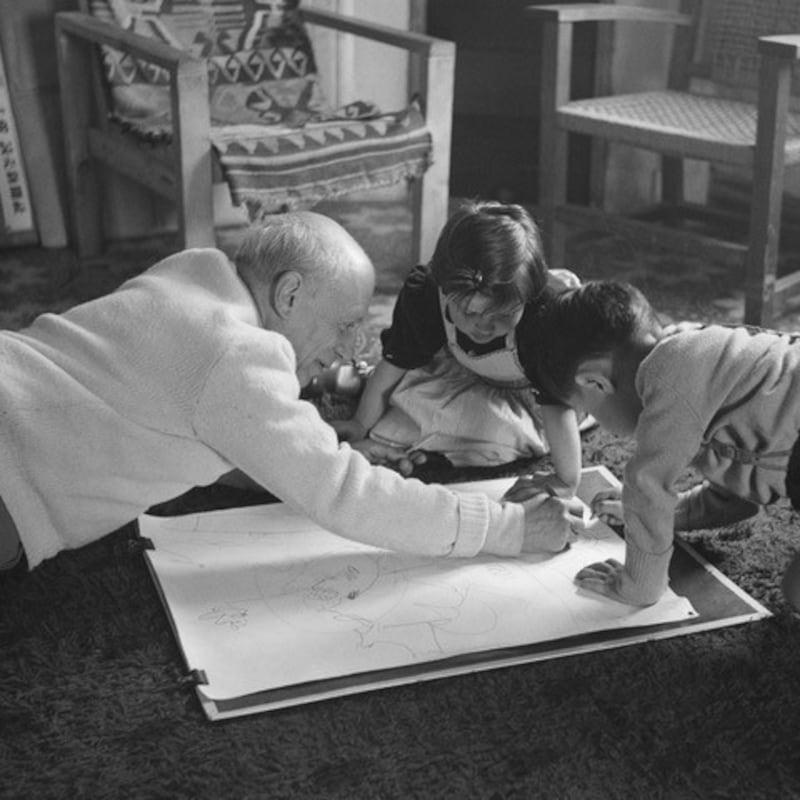Browsing through the online archive of Dublin-born photographer Edward Quinn, the viewer is struck not only by the abundance of images of 20th century stars, artists and politicians – but also by how natural they all look. Photograph after photograph appears familiar, in the way that truly iconic work does, despite the fact that we may have never seen them before.
Grace Kelly, captured on the set of the Alfred Hitchcock film To Catch a Thief, looks every inch the film star, each shot so beautifully composed that it's hard to believe they weren't set up. It's also hard to fathom that it was Edward Quinn's particularly unobtrusive nature that led to these beautifully captured portraits. Alongside Kelly as ice-queen, there are many shots of her smiling, chatting, her face animated and all the more beautiful for it.

Then there are the photos of Pablo Picasso at work, his deep-lined face and intense glare confronting the camera, and talking to his children and teaching them how to draw. There is also Francis Bacon, in his now-transplanted studio, in a series of moody photographs which play with light and shade. Through Quinn's deft eye for composition, the personality and mood of the subject seems clear.
So who was the Dublin man who chronicled the lives of the great and good from his base in the south of France? Edward Quinn was born in 1920 in Dollymount in north Dublin, the son of a Guinness brewery worker. Open and impressionable to new experiences all his life, he worked as a travelling musician and joined the RAF as a radio navigator during the second World War, before moving to Tangiers where he worked for an airline. He married his Swiss-born wife, Gret Sulser, in 1948, and worked on the Berlin airlift from 1948-49. In 1949, he moved with Gret to Monaco – one of the many fortunate decisions he made during his life. The Côte d'Azur of the 1950s was playground to the stars of Hollywood, and after a short time working as a musician, Quinn picked up a camera for the first time and decided to make a go of life as a photographer. After talking his way into a horse jumping competition by posing as a press photographer, he sold a picture of the winning Irish horse to the Irish Independent. He began working for a number of agencies in London, Paris and the United States in an era when the paparazzi were just beginning to gain traction, following film stars to exotic locations in the hope of getting a candid (or sordid) shot.
However, Quinn’s working methods differed from those of the paparazzi, predicated instead on becoming friendly with his subjects and gaining their trust. Of his ability to put the famous at their ease, he wrote: “Photographing stars has one advantage, they usually know how to pose in front of a camera. However to get a picture showing them as they really are, somehow behind the curtain, is much more difficult, just because they are actors. And the glamour is practically always there… I always tried to get pictures of the people which would not upset or offend them. This in a way was in my favour, as the personalities or stars I photographed several times over the years became confident and gave me much more freedom.”
Not confining himself simply to the pursuit of film stars, he also photographed artists, writers and politicians. His friendship with Picasso began in 1951, when Quinn lingered after a press launch and gained Picasso’s permission to take some candid photos of the artist with his children, Claude and Paloma. Picasso liked these photos so much that he gave in to Quinn’s request to photograph him at work. After a session where Quinn’s quiet, friendly presence didn’t distract the artist, Picasso remarked of him, “Lui, il ne me dérange pas.” (“He does not bother me.”) Their friendship would continue until Picasso’s death in 1973 and create a legacy of 10,000 photographs cataloguing the artist’s life and work.

Quinn continued to work as a photographer until it became too difficult for him to work independently in the industry. He passed away in 1997, survived by his wife Gret, who lived until 2011. Before her death she assembled, with the help of nephew Wolfgang Frei and his wife, Ursula, a comprehensive archive of Quinn’s photography and writings.
Still recognised for his great talent, Quinn’s work is regularly exhibited around Europe. Gret recorded perhaps the greatest tribute to him in an account of his friendship with Picasso: “…one day Picasso said to Ted: “Toi, tu sais faire un portrait.”(“You know how to make a portrait.”) No other compliment could have pleased him more.”
Jessica Traynor is deputy museum director of EPIC The Irish Emigration Museum in Dublin's Docklands, an interactive museum that tells the story of how the Irish shaped and influenced the world










